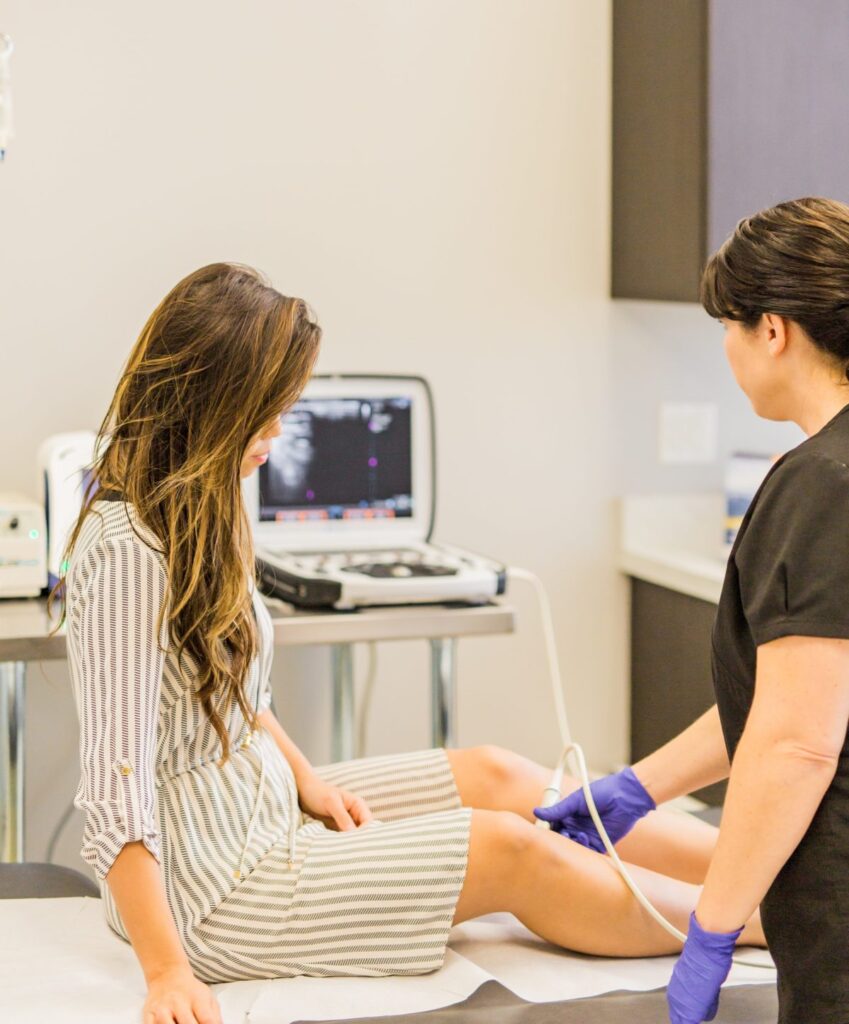Peripheral arterial disease (PAD), caused by narrowed arteries, affects both men and women. But the disease can look different, depending on your gender. In fact, when men develop PAD, they tend to present with symptoms earlier than women do, often allowing them to seek treatment at an earlier disease stage. although that is not always the case. Conversely, women tend to become symptomatic later in the disease’s progression, and are more likely to develop serious comorbidities. As such, recent studies have highlighted the importance of providing tailored treatment options for women with PAD.

At the end of 2023, the American College of Cardiology made a statement regarding PAD’s disproportionate impact on both women and members of underserved racial communities. In conclusion, the statement noted, “This underscores the need for more recent information on how PAD treatment impacts genders and races (medication, lifestyle changes, angioplasty and stent placement, or bypass surgery).”
Picking up on that thread,evidence presented at the Society for Cardiovascular Angiography & Interventions in May 2024 revealed that providing endovascular therapy results in a one-third reduction in post-procedural complications for women with PAD. And, as providers of endovascular arterial care in Texas, we are thrilled to confirm the benefits of treating this complex disease with the minimally invasive procedures we’ve been performing for years.
For this study, researchers reviewed results from six randomized, controlled trials that compared the results of treating Pad with endovascular therapy involving stent implantation vs surgical bypass surgery. Specifically, they wanted to look at how many patients ended up needing further interventions, as well as how many patients suffered adverse limb events, amputations or death within 30 days of their treatment.
Interestingly for those exploring PAD’s women-specific effects, 29.0% of the patients were female. And, at the end of the investigation, researchers determined that the women who were treated with an endovascular procedure had significantly lower complication dates at the 30-day post-treatment mark.
Unfortunately, another study presented at the conference revealed that women (and Asian Americans) ate less likely to seek endovascular PAD care than men and individuals of other racial backgrounds. And, in sharing those findings, lead author Awad Javaid said, “Although not surprising, it is frustrating to see women and Asian Americans are less likely to undergo procedures that may prevent amputations or even death. The results reinforce the need to change current practice by using a more inclusive and multidisciplinary approach to peripheral arterial disease interventions.”
The interventional radiologists at Texas Endovascular are strong believers in the importance of minimally invasive PAD treatment for all sufferers, regardless of gender or race. So, if you have been experiencing symptoms of PAD, or have received a peripheral arterial disease diagnosis, reach out to our specialists and request a consultation. . When you come into the office, we can evaluate your current state of arterial health, and recommend an appropriate endovascular treatment plan.
Source Page: https://texaseva.com/sources/

Scheduling
Please contact our dedicated specialists to schedule a consultation today.
2025 Texas Endovascular. All rights reserved. Website Design by Healthcare Success